Fragile truce: what the new US–EU trade deal means for digital
A week after the US–EU digital trade deal was unveiled, it is already under fire. Trump has threatened new tariffs, Brussels is pressing ahead with new rules, and both sides are sharpening arguments, underscoring how fragile yet vital the pact is for transatlantic tech.
A week has passed since the publication of the joint statement on the US-EU “Framework on an Agreement on Reciprocal, Fair and Balanced Trade,” and it's already being criticized by both sides of the Atlantic.
Within days of its unveiling, Donald Trump has threatened new tariffs, Brussels is continuing its work on new digital legislation, underscoring how fragile, yet how necessary, this deal may be for transatlantic tech relations.
Negative European and American reactions
Next week, the US House Judiciary Committee will hold a hearing on “Europe’s Threat to American Speech and Innovation,” where the EU’s Digital Services Act and Digital Markets Act will be discussed with Nigel Farage and, potentially, former EU Commissioner Thierry Breton, although his attendance has not yet been confirmed.
A few days after the details of the US-EU trade deal were announced, US President Donald Trump issued a statement threatening to impose “substantial additional tariffs on [countries that introduce digital taxes, legislation, rules, or regulations that harm American tech companies] <...> and institute export restrictions on our highly protected technology and chips.”
As usual, Donald Trump's statement has sparked intense debates in the EU about the trade deal and whether it will be upheld. Some even criticized European Commission Executive Vice President Henna Virkkunnen for failing to respond to Trump’s statements.
Member of the European Parliament Alexandra Geese has called for forming strategic alliances with Canada, Taiwan, South Korea, Brazil, and India, while overlooking internal BRICS digital cooperation, which remains largely dependent on China.
While Henna Virkkunnen’s communication style differs from that of her predecessor, Thierry Breton, it likely brings more benefits than drawbacks to the EU’s negotiations. At the very least, her diplomatic stance does not provoke the US audience, avoids negative repercussions for the European economy, and reduces risks to the fragile trade deal.
The US's hyperfocus on the DSA, “censorship,” free speech, and related issues is largely US-centric and finds little resonance in the EU. By contrast, the European Commission’s agenda for 2025–2029 is filled with new legislative initiatives that may further complicate the operations of US tech companies.
Although imperfect, the US-EU trade deal sets a precedent for continued cooperation and negotiation on so-called “non-tariff barriers” for digital. Despite political demands for quick wins, it remains the most sustainable path toward reaching agreements.
AI chips & security requirements
The US-EU trade deal's Article 5 outlines the EU’s commitment to purchase at least 40 billion USD worth of American chips, as well as to cooperate with the US in preventing their resale to third countries. In turn, the US will “facilitate such exports once such requirements are in place.”
Whether the US has prepared its own security requirements, however, remains an open (and slightly rhetorical) question.
Non-tariff barriers in key sectors of mutual interest
Article 8 outlines both parties’ commitment to “reduce or eliminate non-tariff barriers.” While it mainly refers to automobiles and standards, it also includes a pledge to “develop standards for the transatlantic marketplace in key sectors of mutual interest.”
If the EU and the US agree to cooperate on developing standards for telecommunications, space, and digital, that would be a major win for both sides. A note of caution: the EU must be ready to discuss the upcoming Space Act, the Cloud & AI Act, the Cybersecurity Act, and several other new legislative initiatives with the US to avoid future backlash.
Certification win for the US
Article 13 is a clear win for the US. It allows American certification labs to be recognized as EU “notified bodies,” meaning they can directly approve products for the EU market under the Radio Equipment Directive, which covers safety, spectrum use, and cybersecurity.
This makes compliance for US companies faster and cheaper. Both sides also plan to negotiate a deal on cybersecurity certifications, so that approvals in one market would count in the other, avoiding duplicate tests and costs.
Protecting European and American intellectual property
Article 15 is a potential win for both sides, though the language remains vague - it commits them to “discuss,” not to agree, on high-standard IP commitments.
In practice, this would mean aligning rules on patents, trademarks, copyrights, and trade secrets, and ensuring that violations such as piracy or counterfeiting are properly enforced. If the talks progress, US and EU standards could become more closely harmonized - a benefit for companies operating on both sides and possibly a benchmark for the rest of the world.
Network fees and unjustified digital trade barriers
Article 17 outlines the US-EU commitment to further address “unjustified digital trade barriers.” The article also reaffirms previous statements that the EU commits not to introduce so-called network fees on American tech companies. Furthermore, both parties commit not to impose “customs duties on electronic transmissions.”
Critics warn, however, that the network fees debate is far from over – the European Commission is planning to propose the draft for the Digital Networks Act (DNA) in December, and while network fees remain an important idea circulating around it, the story for US tech companies doesn’t end there.
The DNA would also review the European Electronic Communications Code, extending legacy telco regulations to digital and cloud service providers. Some argue that telco companies are subject to stricter regulations than digital firms, although it is difficult to agree with that, considering how many new regulations have been adopted for tech companies over the past five years.
Network fees-wise, the wording is important – the EU may not introduce “network fees” per se, but the same idea could be introduced through “new IP interconnection dispute resolution mechanisms,” which essentially mean the same thing.
Strengthening supply chains and acting together against non-market policies from third countries
Article 19 is positive for both sides. The US and the EU agree to closer coordination on economic security, "to enhance supply chain resilience and innovation by taking complementary actions to address non-market policies of third parties as well as cooperating on inbound and outbound investment reviews and export controls, as well as duty evasion".
They pledge to act together against non-market policies from third countries and to cooperate on investment screening, export controls, and duty evasion. The article also points to unfair competition and lack of reciprocity in public procurement as shared concerns.
In short, both sides want to close gaps in their systems and present a united front against distortive practices. For the EU, this means the upcoming Public Procurement Directive - especially its goal of giving preference to European companies - will have to be addressed soon.
What hasn’t been mentioned, and room for future work together
Although it is likely that these questions will be raised in future negotiation rounds, one issue that will undoubtedly be important for American tech companies is the upcoming EU Digital Fairness Act (DFA). Led by Commissioner Michael McGrath, the DFA could significantly change how American platforms offering advertising services operate. It may make using users’ personal data for personalized advertising very difficult, broadening the scope of advertising rules and increasing costs for users. The Commission has reiterated that it does not plan to ban personalized advertising per se; however, in practice, this could happen through compliance requirements that are nearly impossible to meet.
Another question which is equally important for both European and American innovators - how ambitious the upcoming General Data Protection Regulations’ review will be. Danish Presidency calls it one of its central priorities, but to fuel the transatlantic data economy, the scope of personal data should be reassessed.
In conclusion, the US-EU digital trade deal is imperfect and contains far too many vague commitments to merely “discuss” rather than to reach concrete agreements. Still, we have to give credit where it’s due - the deal itself helps both sides to win time for alignment and opens the door to further negotiations and much-needed cooperation between the US and the EU.
While the public may focus on strong statements and quick wins, both sides face similar challenges that can only be solved together: intellectual property protection worldwide, standards development in global bodies, and exports to third countries that pose real security threats on both sides of the Atlantic.







